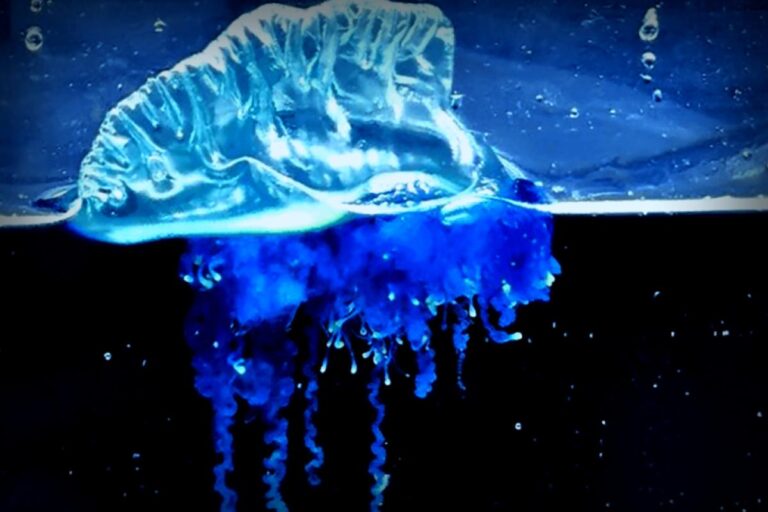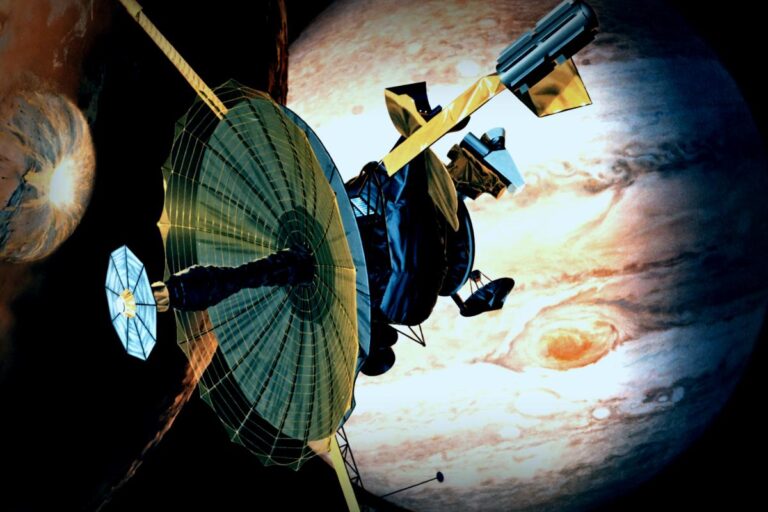By Marco Aquino
LIMA (Reuters) – There’s a real emergency unfolding on Peru’s central Pacific coastline, and it’s prompting scientists to speak out. Seabirds, sea lions, and penguins are under grave threat from climate change, disease outbreaks, and overfishing, and immediate action is essential to safeguard their future.

Recent studies reveal that the population of guano seabirds—critical contributors to the ecosystem—has plummeted by more than 75% in just three years, dwindling to approximately 500,000 from a once-robust figure of four million in 2022.

These striking black-and-white seabirds play a pivotal role in local wildlife, not just as species but also in the production of guano, which serves as a natural fertilizer.
Susana Cardenas, the head of the Environmental Sustainability Center at Cayetano Heredia University in Peru, has expressed deep concern over this troubling trend. In a conversation with Reuters, she emphasized the fragility and significance of these bird populations, likening them to “golden egg-laying hens.”
Data from Peru’s AgroRural indicates there were only 529,400 guano seabirds counted in January, scattered among 22 islands and eight coastal locations. This number has drastically fallen from historic averages of around four million reported by the Agriculture Ministry over recent decades.

Experts noted the significant population drop started with an avian flu outbreak in 2022 that decimated tens of thousands of birds and marine mammals. The following year, the El Nino weather phenomenon further destabilized marine habitats, causing significant shifts in migration patterns. By 2024, aggressive fishing practices, particularly targeting anchoveta—an essential food source—exacerbated the situation.
Current estimates reveal that Punta San Juan now counts a mere 200,000 guano birds, along with 2,500 Humboldt penguins and 11,000 sea lions still remaining, as reported by research centers.
This decline endangers local guano fertilizer collection, crucial for agricultural activities in the area. The natural fertilizer, rich in nutrients, is harvested under strict government guidelines every five years, with the last collection taking place in 2024. Cardenas warns that without a sufficient bird population, the sustainability of this valuable practice is in jeopardy.
Despite recent decisions by authorities to allow a record anchoveta catch in seven years citing population rebounds, biologists argue that anchoveta numbers remain insufficient to sustain both the fishing industry and the reliant bird populations.

Sea lions and penguins that dwell along Peru’s and Chile’s coastlines are increasingly threatened by milk supply imbalances and changing weather, coupled with overfishing conditioning their futures.
Cardenas cautions that if protective measures are not stepped up, Humboldt penguins could be extinct in a century. “Their populations are dwindling, especially in protected areas where growth is critically needed,” she concluded.
(Reporting by Marco Aquino in Lima. Additional contributions by Sebastian Castañeda and Carlos Valdez from Reuters Television. Writing by Lucinda Elliott. Editing by Aurora Ellis)




















